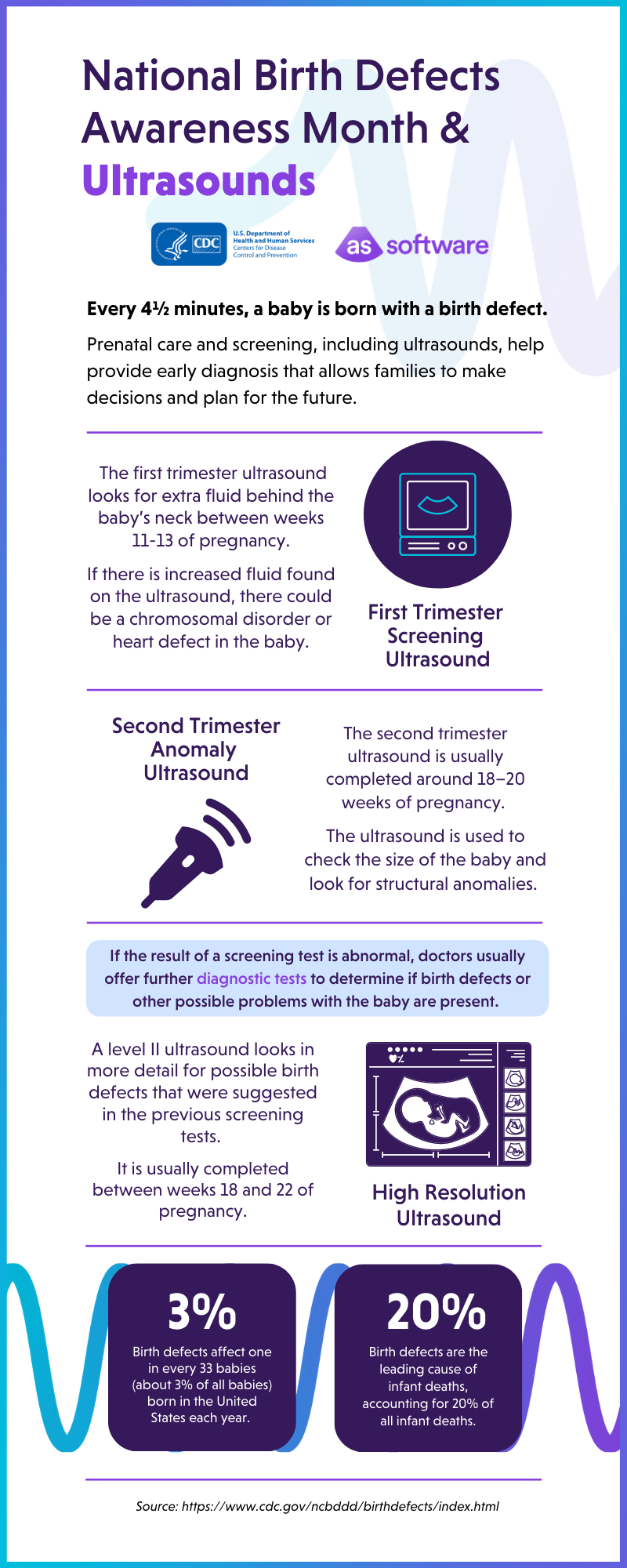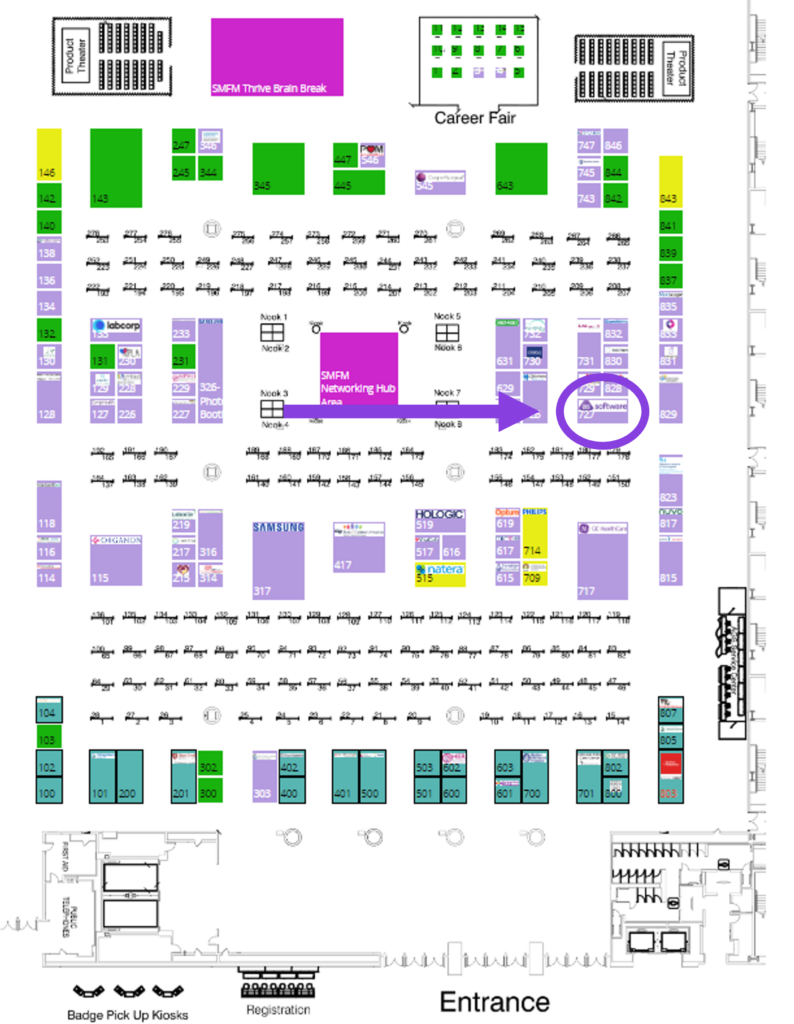Effective healthcare revenue cycle management is reliant on accurate, timely data passed through multiple systems.
But due to the complex and fragmented nature of today’s typical healthcare technology ecosystem, that burden often falls onto the clinicians that should be empowered to focus more on patient care, creating a gap between ultrasounds and revenue.
Why is there such a large gap between ultrasound services and revenue?
Many hospital systems and imaging departments don’t have the necessary tools for clinicians to meet the level of documentation needed for revenue-building charge capture that closes the gap between ultrasounds and revenue.
If an ultrasound reporting system doesn’t automatically drop ultrasound Current Procedural Terminology (CPT) codes to an Electronic Health Record (EHR) without extra, manual steps by the clinicians who are performing and reviewing these additional ultrasound services, that revenue is missed.
For many health systems, this lack of efficient billing connectivity can lead to substantial lost billings from missed ultrasound charges and insurance claim rejections in less than a year.
Even in the case of straightforward scheduled ultrasounds, most reporting systems aren’t designed with the necessary integrations that simplify and automate workflows to prevent lost charges and minimize errors, and still require manual inputs in multiple systems.
How are ultrasound billing inefficiencies affecting clinicians and leading to burnout?
Without billing-integrated reporting systems that allow for clinical flexibility and automated coding, sonographers can’t accurately capture charges for add-on ultrasound services without falling behind on patient volume, and physicians can’t keep up with the time they need to spend documenting in multiple disparate systems.
The need for easier, less time-consuming clinical documentation processes can be easily shown through today’s continually increasing levels of burnout:
“We are losing the equivalent of seven graduating classes of physicians yearly to burnout and, as they leave the profession, they point their finger at the time now required for them to document their work and how it has led to the loss of quality time spent with patients and families.”
Philip Kroth, MD, director of Biomedical Informatics Research at UNM in EHR Intelligence.
By securing the right technology that removes the burden of billing from clinicians, healthcare organizations can recover missed ultrasound revenue while alleviating clinician burnout — effectively closing the gap between ultrasounds and revenue.
AS Software’s Ultrasound Reporting & Image Management platform implements a detailed financial transaction (DFT) integration with your existing Electronic Health Records (EHR) to enable seamless billing communication.
To learn how data automation can increase reimbursements and help you to capture more revenue, schedule a demo to evaluate your ultrasound reporting system needs.






